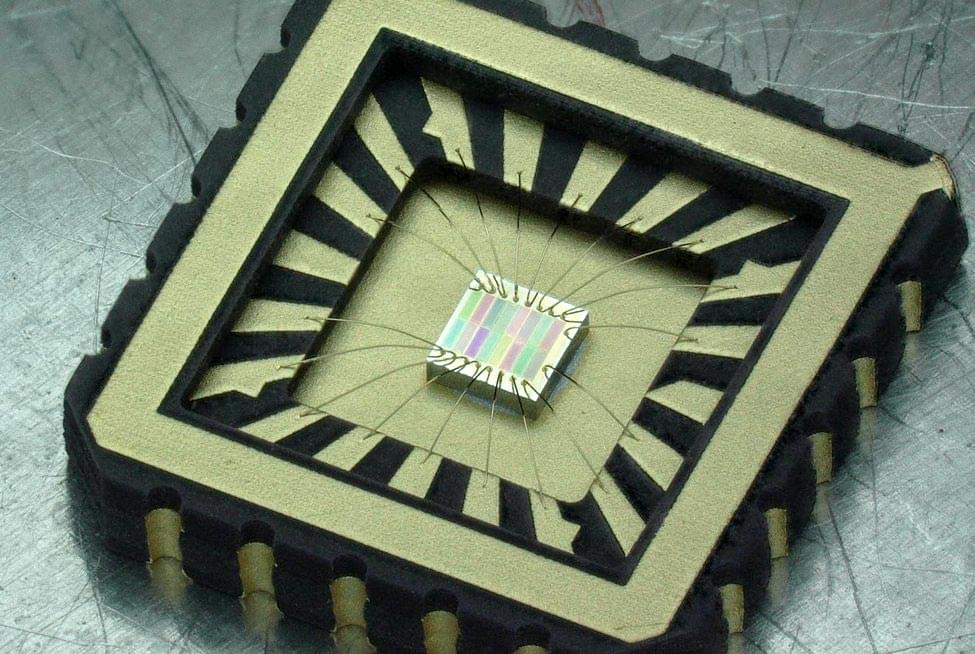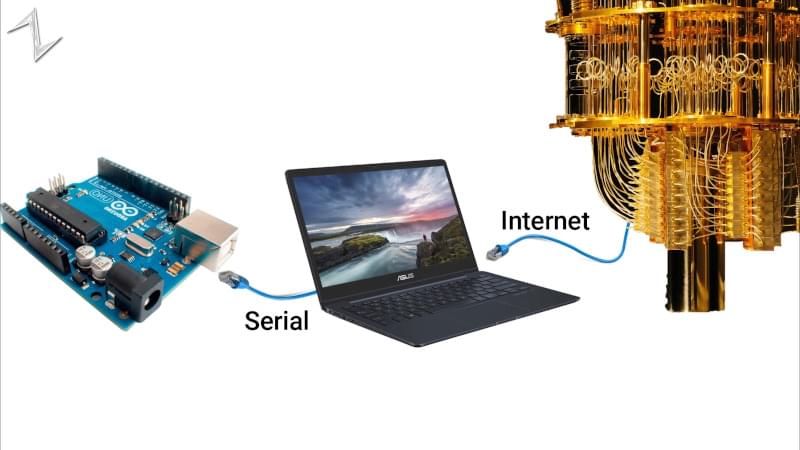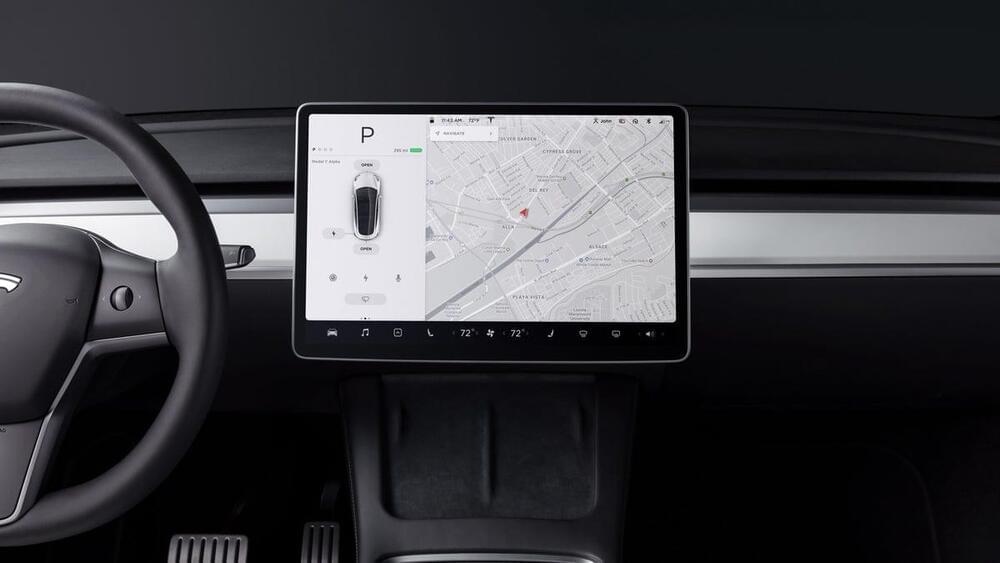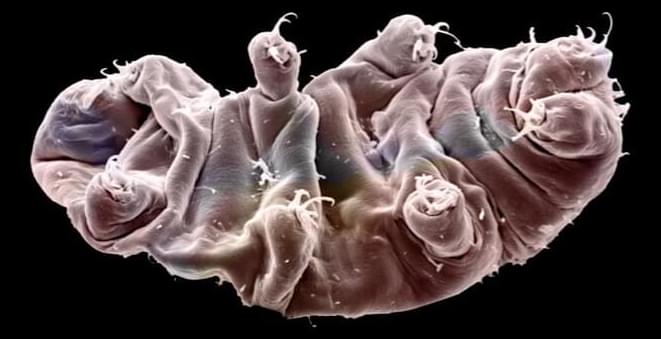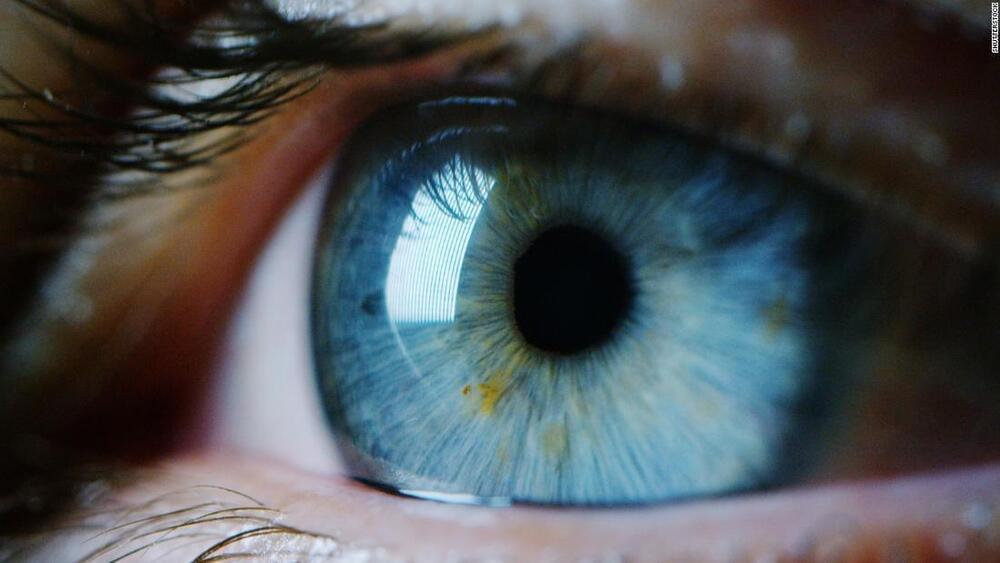Jan 19, 2022
Tiny New Sensor — That Could Fit in a Smartphone — Makes the Invisible Visible
Posted by Genevieve Klien in categories: chemistry, food, mobile phones
Miniaturized near-infrared sensor that could fit in a smartphone can analyze the chemical content of milk and plastics.
A TU/e research group has developed a new near-infrared sensor that is easy to make, comparable in size to sensors in smartphones, and ready for immediate use in industrial process monitoring and agriculture. This breakthrough has just been published in Nature Communications.
The human eye is a marvelous sensor. Using three different types of photoreceptor cone cells that convert visible light into signals for different colors, the eye gives essential information about the world around us.
